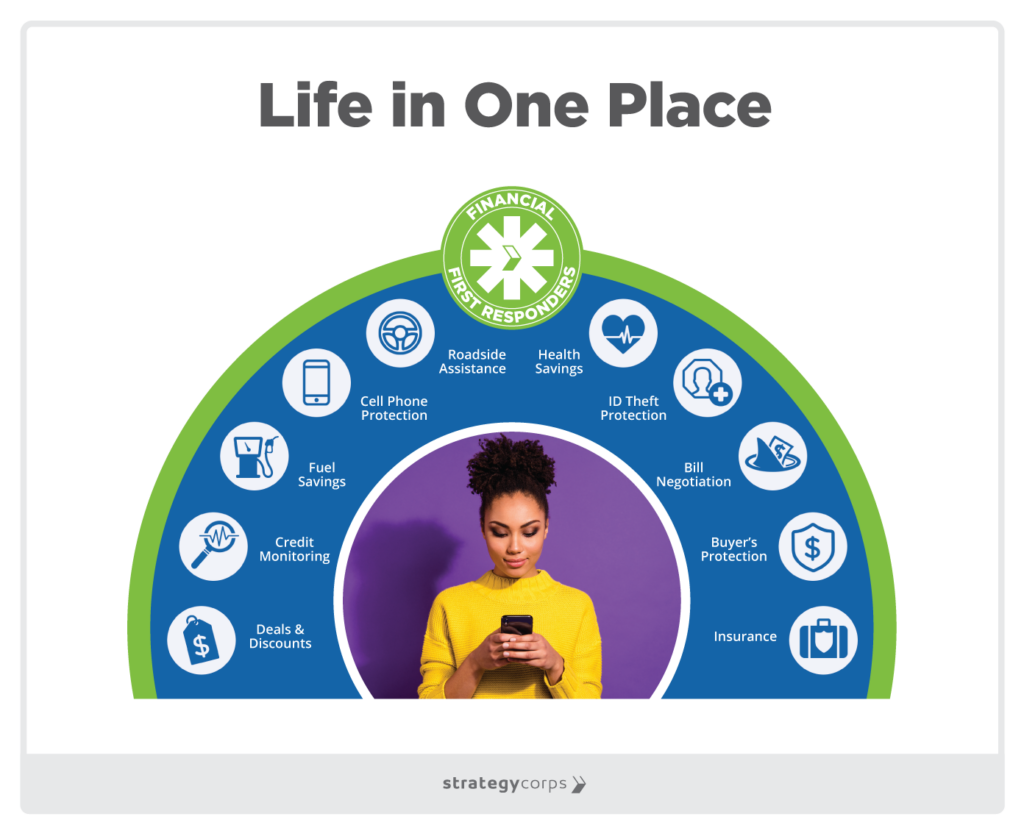Make Your Financial Institution a Financial First Responder

By Gregg Early
When we talk about first responders, we usually envision law enforcement, military, and fire and rescue workers running towards danger as everyone else is running from it.
But banks and credit unions can be financial first responders to the dangers – and opportunities – that occur in the lives of customers and members.
In the digital banking era, financial institutions (FIs) can’t afford to be reactive given an ongoing revenue recession that’s hurting earnings growth and the rising competition of fintechs and neobanks that are helping drive that revenue recession.
And being proactive doesn’t mean spending a ton of money to build out a challenger bank or take your core to the cloud and retrain staff as well as reorganize the entire operation.
It means taking pragmatic steps to show your customers and members that you understand who they are and the products that help them fully enjoy financial empowerment, without it costing them an arm and a leg.
Are You a Financial First Responder?
A financial first responder is an FI that sees the opportunity in a changing world rather than looks to batten down the hatches and wait for the transition to pass.
Of course, there’s much to be said for taking a conservative view of institutional change. And many FIs have built their reputations over decades and see a steady hand not distracted by every shiny object as an important asset.
And so it should be.
But that doesn’t negate the fact that when structural and material conditions change in the industry it’s possible to find a reasonable proactive opportunity to secure or expand the business of current customers as well as attract new ones.

The Past Is the Past
Until recently, banks weren’t exceedingly differentiated. And it was really up to customers and members to approach them rather than the bank actively and creatively looking for business like most other retail enterprises.
Community banks and credit unions competed on loan rates and account fees and rates (excluding commercial accounts). And of course, the kind of toaster you got when you opened an account.
But today, e-commerce has changed that dynamic. Now, targeting is much more sophisticated in omnichannel marketing. Delivering “shotgun” messaging is increasingly annoying to the 200 million digital natives that make up Gen X, millennials, and Gen Z generations.
And underlying that desire for more personalized offers also carries with it the expectation that given all the data companies – including financial institutions – have on their customers, that the products they provide will be better suited to their needs.
Blame It on Netflix and Amazon
Maybe this new consumer expectation for more personalized offers began with consumer first responders like Netflix and Amazon.
Their suggestions that were generated from individual purchasing or rental behavior laid the groundwork for generations to expect every organization to have relational databases to help give them ideas.
E-commerce rapidly adapted to this new reality – or struggled mightily. And in the background, many big banks understood the changes underway and were starting to adapt the banking experience toward that end.
As fintechs and neobanks began to flood into the financial services sector this expectation of personalized solutions grew. It was also evident that this toothpaste wasn’t going back in the tube. Customer-first digital banking is here to stay.
The Opportunity for FIs Is Now
And now, as the first fintech wave recedes, it’s the ideal opportunity for community banks and credit unions to re-examine their efforts at being financial first responders.
Inflation is high and that’s hurting consumers’ buying power. Do you have services or products that can save them money?
Fees are becoming a four-letter word. Have you thought about building out a subscription-based model that offers bundled discounts on services that consumers usually pay a premium to get individually?
High and rising interest rates means less loan revenue. Is there a benefit driven subscription model that can supplement revenue?
Keeping unproductive secondary and tertiary accounts operational can be a consistent money losing effort. Is there a way to transition unproductive accounts to primary accounts, and if not, move them on?
Finding solutions to these questions is what makes financial first responders. With the right solution mix, every FI can become a financial first responder without disturbing the bedrock that they were built upon.
Gregg Early is a financial writer and editor who's worked as a journalist for American Banker, Bond Buyer, and others covering the SEC, MSRB, Supreme Court, and various Congressional finance committees. His expertise is fintech, emerging technologies, biotech, ESG, green tech, cryptocurrencies and derivatives. His work has been featured on CNBC, CNN, and Bloomberg, as well as in The New York Times, Washington Post, Wall Street Journal, and Businessweek.

